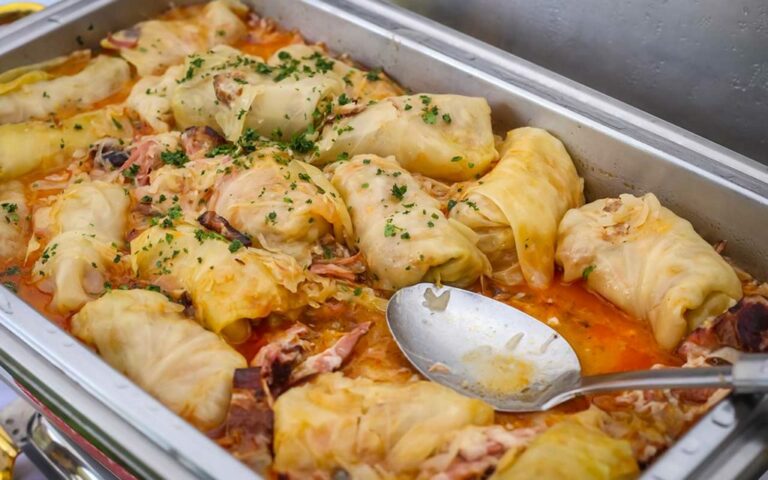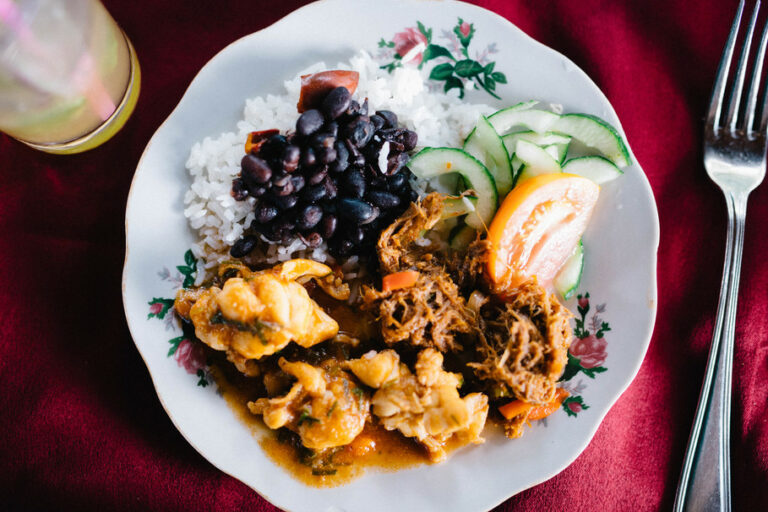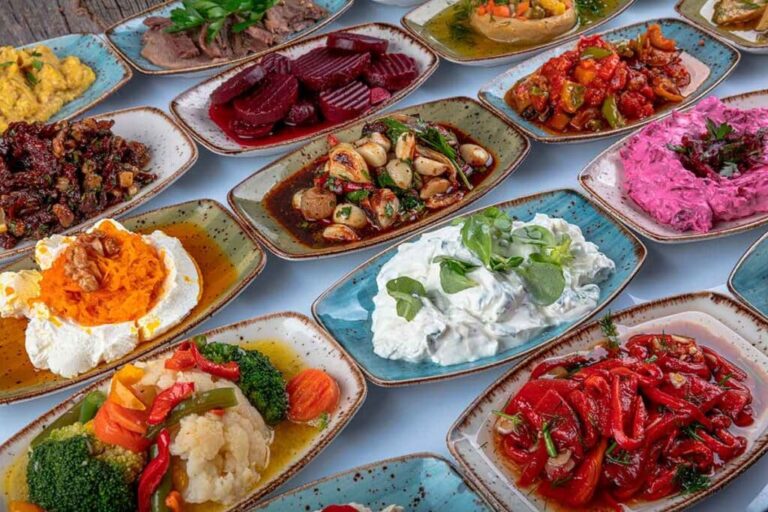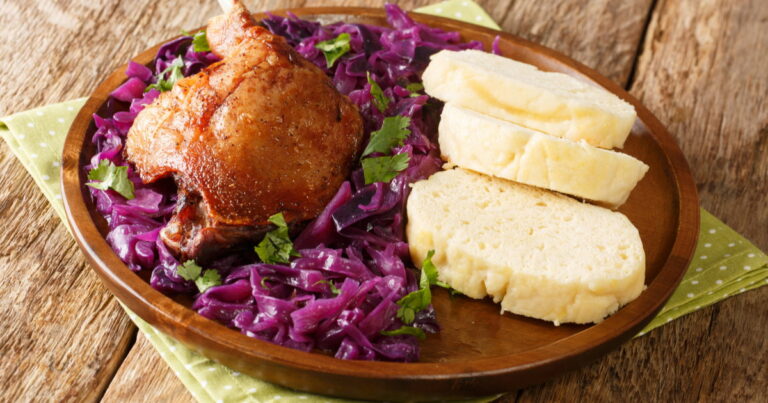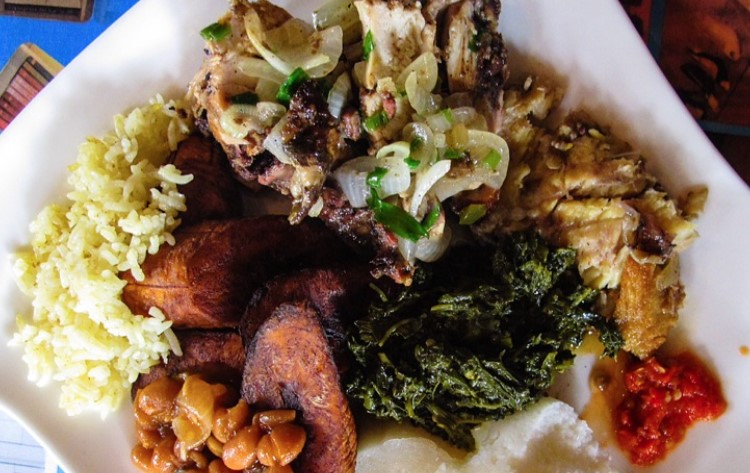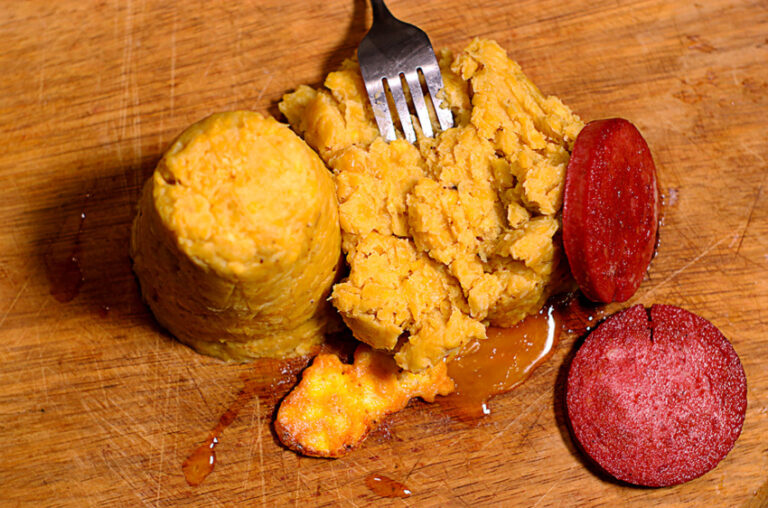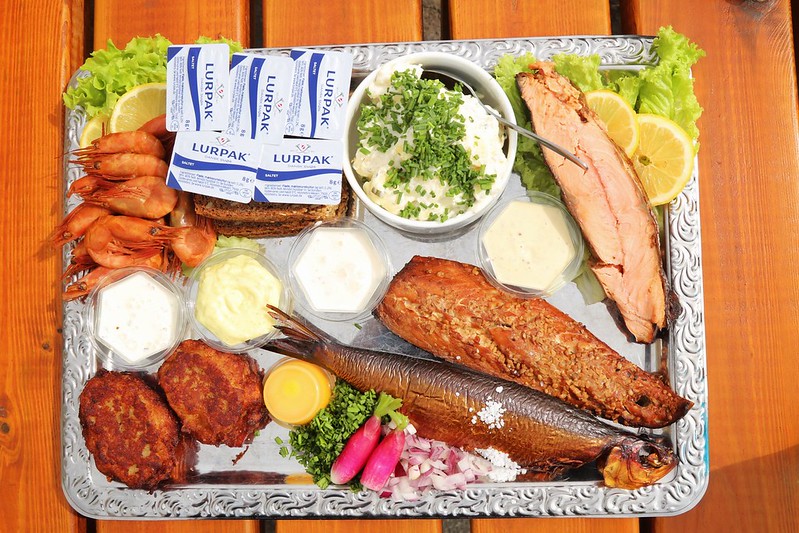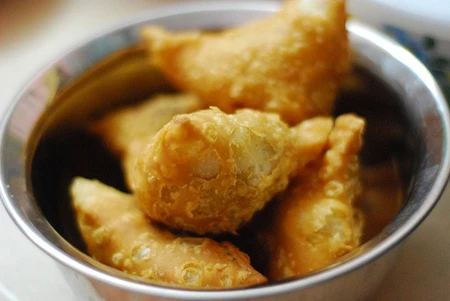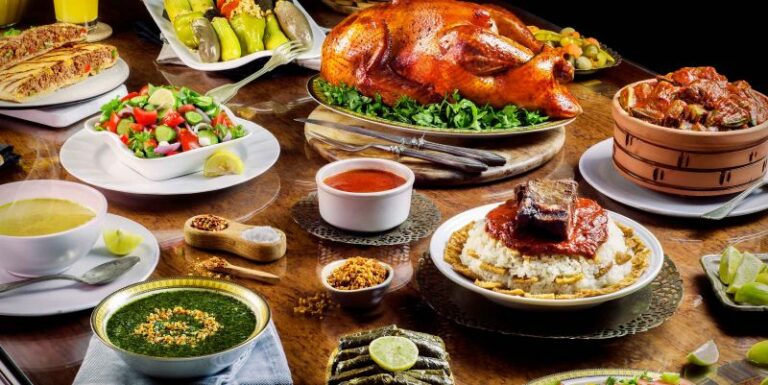Introduction: Costa Rican cuisine
Costa Rican cuisine is known for its fresh and flavorful ingredients, blending indigenous, Spanish, and Afro-Caribbean influences. The country is blessed with a rich variety of fruits, vegetables, and seafood, which are used in everything from street food to fine dining restaurants. Rice and beans are the staple base of Costa Rican cooking, but the cuisine also includes a diverse range of meats, herbs, spices, and dairy products.
The base of Costa Rican cooking: rice and beans
Rice and beans are the foundation of most Costa Rican dishes, providing a filling and nutritious base for other ingredients. The most common type of rice is white rice, which is usually boiled and served with a side of red or black beans. The beans can be either whole or mashed, and are often seasoned with garlic, onion, and cilantro. Other grains like corn and quinoa are also popular in Costa Rican cuisine, particularly in indigenous dishes.
The national dish: Gallo Pinto
Gallo Pinto is the national dish of Costa Rica, and is a staple of breakfast across the country. It is made with leftover rice and beans, which are fried with onion, bell pepper, and garlic. The mixture is then seasoned with Lizano sauce (a tangy, vegetable-based sauce), Worcestershire sauce, and Salsa Lizano (a slightly sweet, spicy sauce). Gallo Pinto is usually served with eggs, cheese, and fried plantains, and is a filling and flavorful way to start the day.
Meat and seafood: essential ingredients in Costa Rican cuisine
Meat and seafood are important ingredients in Costa Rican cuisine, with dishes like arroz con pollo (rice with chicken), chifrijo (a mixture of rice, beans, pork, and avocado), and ceviche (marinated raw fish) being popular across the country. Beef, pork, and chicken are the most common meats, but seafood like shrimp, fish, and octopus are also widely used. Costa Rica is known for its sustainable fishing practices, and many coastal towns have a thriving seafood industry.
Spices and herbs: flavoring Costa Rican dishes
Costa Rican cuisine uses a variety of spices and herbs to add depth and flavor to dishes. Cumin, oregano, and paprika are common spices, while herbs like cilantro, parsley, and culantro (a long-leafed herb similar to cilantro) are used to add freshness and color. Salsas, hot sauces, and marinades are also popular, with many families having their own secret recipes.
Fruits and vegetables: tropical flavors in Costa Rican cooking
Costa Rica is home to a wide variety of tropical fruits and vegetables, which are used in both sweet and savory dishes. Mango, pineapple, papaya, and guava are common fruits, while yucca, plantains, and sweet potatoes are popular vegetables. The country is also known for its avocados, which are used in dishes like guacamole and as a topping for Gallo Pinto.
Dairy products: a key component in Costa Rican desserts
Dairy products like cream, cheese, and condensed milk are key ingredients in many Costa Rican desserts. One popular dessert is tres leches cake, which is a sponge cake soaked in three types of milk (condensed, evaporated, and cream). Another popular dessert is arroz con leche (rice pudding), which is made with milk, cinnamon, and sugar.
Beverages: traditional drinks of Costa Rica
Costa Rica has a variety of traditional drinks, including coffee, horchata (a sweet rice milk drink), and refrescos (fruit smoothies). However, the most famous beverage is probably guaro, a clear, slightly sweet liquor made from sugarcane. It is often mixed with fruit juice or soda to create refreshing cocktails like a guaro sour or a guaro and tonic.


